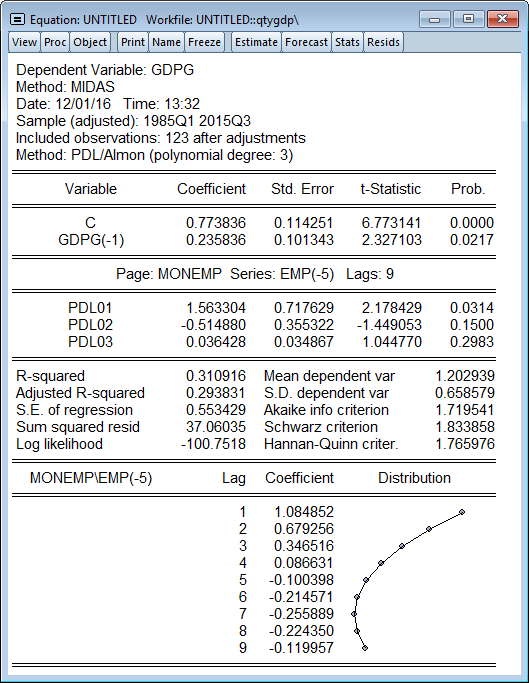

How does one variable in the VAR behave conditional on a all the others, which are themselves endogenously determined, and is their any cointegrating relationship among them? However, applications in Economics typically ask: Nevertheless, like the VAR, the VECM models simultaneous interactions among several endogenous variables. In this regard, the vector error correction model (VECM), which is a reparameterization of the VAR to isolate the equilibrating relationships, if they exist, is of central importance. As such, it lends itself to the analysis of simultaneous interactions between variables - namely, their short-run dynamics, but more importantly, their long-run (equilibrating) or cointegrating behaviour.

Recall that a VAR is a natural extension of the univariate autoregressive model to multivariate series, and is often interpreted as an autoregressive system-of-equations regression model with multiple endogenous variables. In Part 1 of this series, we mentioned that the ARDL framework is a one-to-one reparameterization of the conditional error correction model (ECM) representation of the underlying vector auto-regression (VAR). While the ARDL approach to cointegration is typically considered synonymous with the Pesaran, Shin, and Smith (2001) Bounds test for cointegration, in this post we emphasize that correct inference is in fact rooted in cointegration theory. Whilst the discussion is by its nature quite technical, it is important that practitioners of the Bounds test have a grasp of the background behind its inferences. In this post we outline the correct theoretical underpinning of the inference behind the Bounds test for cointegration in an ARDL model. For Part 1, please go here, and for Part 3, please visit here. This is the second part of our AutoRegressive Distributed Lag (ARDL) post.


 0 kommentar(er)
0 kommentar(er)
